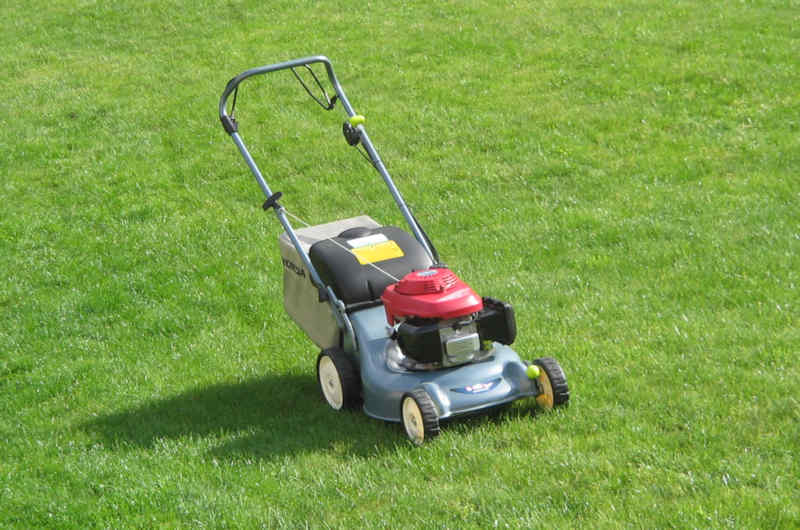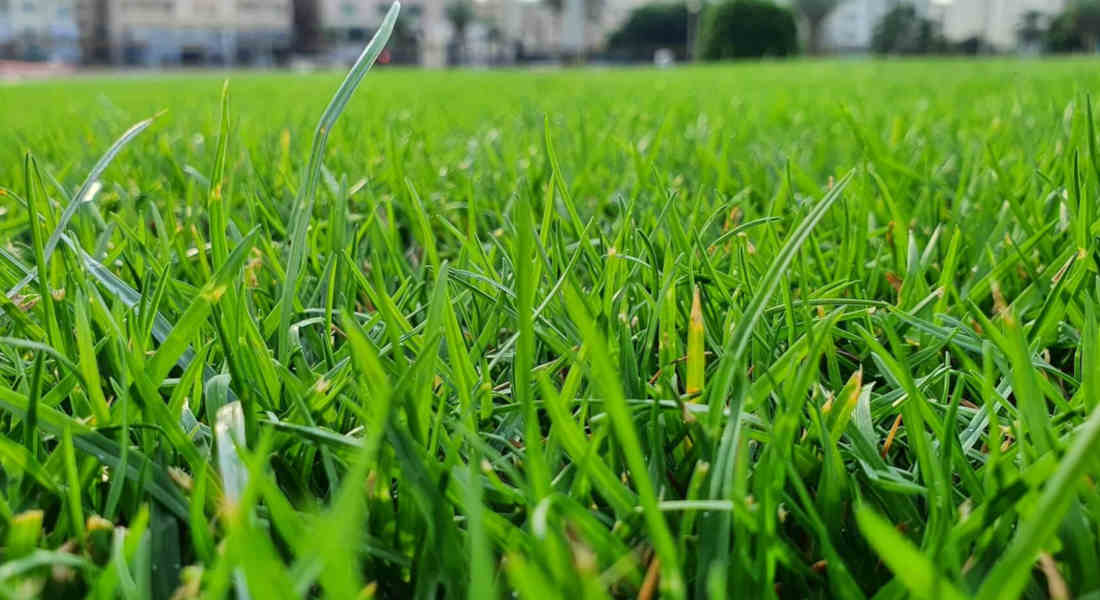The American Lawn: A Call for Change

The American lawn is a uniquely American cultural concept, distinctly different from anything found in Europe.
Early Origins of the American Lawn
The manicured lawn, a quintessential element of suburban America, has a long history rooted in wealth, power, and cultural conformity.
Its early origins can be traced to the estates of wealthy Europeans, where expansive green lawns symbolized wealth and power.
American elites like Thomas Jefferson, enamored by this European tradition adopted it on their own properties, and even imported non-native grasses from Northern Europe.
Non-native species like Kentucky bluegrass (ironically not native to Kentucky or even North America) became the norm.
These lush, meticulously maintained lawns became a sign of affluence and control over nature.
Following Jefferson's example, wealthy Americans throughout the 19th century began to emulate this aesthetic, solidifying the lawn as a status symbol and embedding it into American culture.
However, the cultural approach to lawns diverged significantly between Europe and America. European lawns often coexisted with diverse gardens, wildflower meadows, and a greater tolerance for natural aesthetics, reflecting an appreciation for biodiversity. In contrast, the American lawn took on a life of its own, emphasizing conformity and perfection. The idealized American lawn became a monoculture, meticulously maintained to signify order and prosperity, a stark departure from Europe's evolving emphasis on ecological balance.
The Birth of the Modern American Lawn
The concept of the modern American lawn gained momentum in the late 1940s, during the post-World War II era, and was epitomized by Levittown, one of the first mass-produced suburban housing developments on Long Island. Returning troops benefited from the GI Bill, which provided affordable housing loans, enabling families to purchase homes in these new developments. Levitt & Sons built rows of identical homes, each with its own pre-grown patch of perfectly manicured grass, fostering a sense of community and conformity among residents. These neighborhoods were homogenous in more ways than architecture: nearly all the husbands commuted to New York City for work, had similar incomes, maintained a "nuclear family" with three to four children, and adhered to a shared suburban lifestyle. They were also segregated, with African Americans deliberately excluded through discriminatory loan practices. In this context, the pristine lawn became more than just a yard-it became a cultural marker of conformity, symbolizing suburban success and the white "American Dream."
As housing developments sprawled across the country, so did the obsession with these manicured lawns. This cultural fixation soon gave rise to a booming lawn care industry. Fertilizers, pesticides, and herbicides became household staples, heavily marketed as essential tools for achieving the perfect, weed-free lawn. Products like Roundup, introduced in the 1970s, fueled the monoculture lawn, eliminating clover, native dandelions, and other plants in favor of pure grass. The growing popularity of golf further reinforced this ideal. With the advent of color television, homeowners admired the pristine, vibrant greens of golf courses and aspired to recreate that look in their own yards. Today, the lawn care industry is worth approximately $129 billion annually, reflecting the deeply ingrained expectation that lawns must be meticulously maintained.
The Cost of Lawns
Today, America's 40 million acres of lawns, which is nearly the same area of Wisconsin, comes with significant environmental and financial costs. Lawn irrigation accounts for more water use than all agricultural farmland combined. Maintaining a lawn requires not just water but also fertilizers, pesticides, and herbicides, which pollute waterways and harm wildlife. Gas-powered lawn mowers, leaf blowers, and other equipment contribute to air and constant noise pollution. Beyond environmental impacts, individual homeowners spend hundreds to thousands of dollars annually on lawn maintenance, perpetuating a cycle of waste.
Perhaps most concerning is the cultural stranglehold lawns now have on American society. Many homeowners associations (HOAs) enforce strict lawn care regulations, and municipalities issue fines for letting grass grow beyond a certain height. Lawns are a symbol of conformity and control, but they often serve little practical purpose. American homeowners have become prisoners of their lawns, trapped by a tradition that has never served them or the planet.
A Biodiversity Crisis
The 40 million acres of lawns across the United States function as ecological deserts. These expanses are dominated by monoculture, non-native grasses, which have replaced rich, biodiverse habitats that once teemed with life. The widespread growth of lawns contributes to the alarming decline of insect and pollinator populations, which are foundational to the food web. Without these critical species, ecosystems become less resilient, and agricultural productivity suffers, highlighting the profound impact of lawns on both nature and our food systems.
Rewilding: A Solution for the Future
Since less than 30% of the land in the United States remains in its natural state, with more being lost each year, it's crucial that we dedicate some of our 40 million acres of lawn to nature. The solution lies in rethinking our relationship with our yards. By reducing lawn size and rewilding portions of our properties, we can create spaces that support biodiversity and help mitigate the environmental damage caused by traditional lawns. Native plants, shrubs, and wildflowers provide vital habitat and food for pollinators, birds, and small mammals. Rewilding not only benefits wildlife but also reduces water usage and requires less maintenance. You don't need to get rid of your entire lawn, even by creating small areas of native plantings along property edges or in islands within lawns can significantly reduce lawn size and increase native plant coverage. It can even be done in a strict HOA by replacing non-native landscaping plants with native alternatives.
Imagine a yard full of songbirds, vibrant with wildflowers, and alive with the flutter of butterflies. Planting native species transforms barren lawns into thriving and beautiful ecosystems, helping reconnect fragmented habitats and contributing to broader environmental restoration. Rewilding is a small but powerful step toward combating climate change, promoting biodiversity, and reclaiming a more sustainable way of living.
A Cultural Shift
The lawn culture that began in the 1940s is deeply embedded in American society, but it's time for change. By challenging the norms and embracing native landscapes, we can redefine what it means to care for our environment. Rewilding does not mean an unkept landscape and it is not a simple gardening trend; it's a movement toward sustainability, resilience, and coexistence with nature. The green square of conformity has no place in the vibrant and diverse future we need to build.
If you enjoy your lawn, you can still make a positive impact. Consider small, meaningful changes, such as incorporating native plants into your landscape or replacing non-native species with them. Native plants are not only beautiful but also require less maintenance than many non-native varieties. Even adding a small butterfly garden in a corner of your yard can make a big difference-it's affordable, easy to plan, and low maintenance. These tiny changes can have a positive impact on local wildlife, and you'll likely notice more butterflies and other pollinators visiting your yard as a result.







